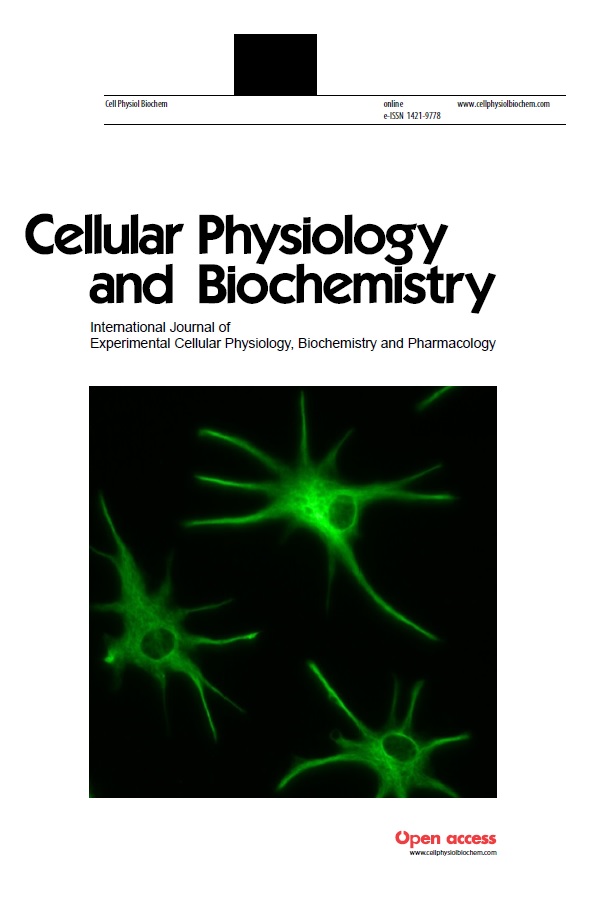
Photo from archive.org
The interferons (IFNs) are a primary defense against pathogens because of the strong antiviral activities they induce. IFNs can be classified into three groups: type I, type II and type… Click to show full abstract
The interferons (IFNs) are a primary defense against pathogens because of the strong antiviral activities they induce. IFNs can be classified into three groups: type I, type II and type III, according to their genetic, structural, and functional characteristics and their receptors on the cell surface. The type I IFNs are the largest group and include IFN-α, IFN-β, IFN-ε, IFN-ω, IFN-κ, IFN-δ, IFN-τ and IFN-ζ. The use of IFNs for the treatment of viral infectious diseases on their antiviral activity may become an important therapeutic option, for example, IFN-α is well known for the successful treatment of hepatitis B and C virus infections, and interest is increasing in the antiviral efficacy of other novel IFN classes and their potential applications. Therefore, in this review, we summarize the recent progress in the study of the biological activities of all the type I IFN classes and their potential applications in the treatment of infections with immunodeficiency virus, hepatitis viruses, and influenza viruses.
Journal Title: Cellular Physiology and Biochemistry
Year Published: 2018
Link to full text (if available)
Share on Social Media: Sign Up to like & get
recommendations!